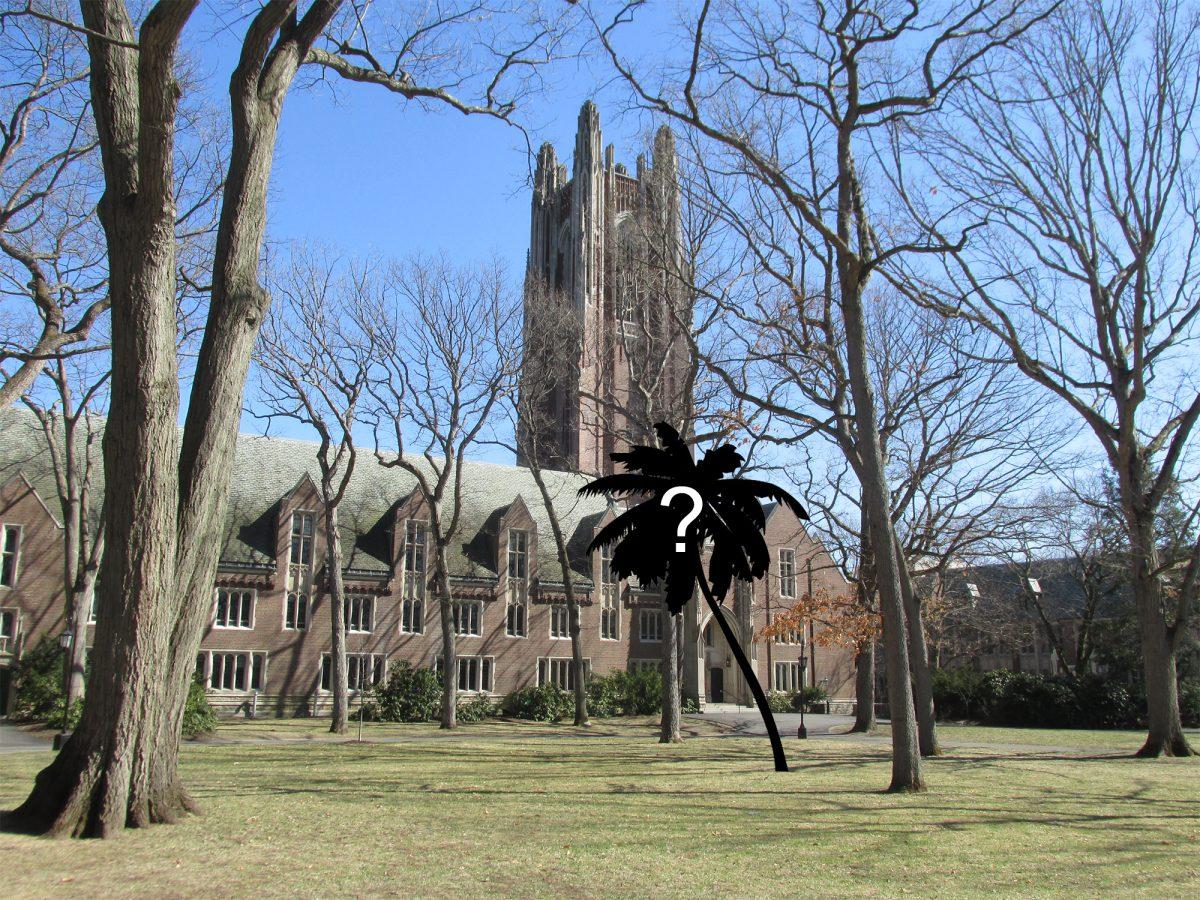Recent events in the archives seem like a plot of a mystery novel: Friends of Nancy Corcoran, the Catholic chaplain, found an annotation in a Hawaiian memoir that led to a search for a tree that Queen Kapi’olani of Hawaii planted on Wellesley’s campus nearly 130 years ago in 1887.
The queen, along with Princess Lilioukalani, visited the school as part of a tour that she made of the mainland on her way to an audience with Queen Victoria in England, according to a newspaper clipping from the time of the event.
While the ceremony and the old location of the tree were documented in news articles from the Courant, a campus publication made by students, faculty and alumnae, the tree was not marked by any plaque. According to newspaper accounts, the tree was planted on the lawn between the College of Music and the avenue.
Professor emeritus Peter Fergusson, who has written a book on Wellesley’s geography, explained that the tree would be difficult to locate today because the geography of the campus has changed so much since the time of planting.
“All that’s left of the avenue [the old main road through the College] is the bit in front of the Chapel. This means the tree must have been somewhere on what is now Chapel Lawn. Complicating matters is that in 1887 there was no chapel,” Fergusson said.
The Chapel was later constructed as part of College Hall, which burned down in 1914.
The old newspaper accounts do not explain why a tree was planted to commemorate the event. The planting of the tree may be an acknowledgement of Hawaiian culture, which is characterized by a strong connection between the people and the land. This connection manifests itself in many ways, according to Shelby Baptista ’15, who is Hawaiian.
The word “aloha” is commonly known as the word “hello” or “goodbye” in the Hawaiian language. However it also has a deeper spiritual meaning and describes a way of life. Its spiritual connotation translates as the sharing of life energy in the present.
“When you say ‘aloha,’ it’s like a spiritual connection with a person and the land. Aloha translates as love. So I try to think about this myself like the significance of the tree, planting the tree, putting something back into the land that’s sacred, a way to share an aloha,” Baptista said.
Not only was the planting of the tree a way for Hawaiians and non-Hawaiians to share a ritual together, it was also a sign of respect for the campus.
“For me, the planting of the tree is them showing respect and love for our campus,” Baptista said.
Emily Natori ’17, president of the Hawaiian Club at Wellesley, believes that the ceremony was the beginning of a respectful connection between Wellesley College and Hawaii that has lasted for many years.
“I think of the planting of a tree as the symbolic start of a relationship between Hawaii and Wellesley that would remain strong and continue to grow as time passed. I think it is fascinating to see that the connection between Hawaii and Wellesley has lasted for so long, especially considering the geographic distance between the two places,” Natori said. Wellesley and Hawaii have maintained this connection for 100 years.
Baptista believes that the ceremony was positive but voiced some concern over the fact that this event is not well recognized in Wellesley history and is only coming to light again now.
“I think raising the question ‘Why wasn’t it marked?’ is important. I feel like if it was royalty from other places I’m pretty sure it would be way more well documented in the archives. Why hasn’t it come up until now?,” Baptista said
Hawaii was and still is very much divided into two demographic groups — native Hawaiians and those who are not Hawaiian but live on the islands. The visit came at a time in Hawaiian history when many foreigners and even some elite Hawaiians were challenging the authority of His Hawaiian Majesty, King David Kalakaua.
For Baptista, thinking of an event like this should also mean considering the cultural context of the period.
“When people think of Hawaii they don’t necessarily acknowledge the painful colonial history it has. And I think that putting the dates into context is super important,” Baptista said.
Editor’s Note: A previous version of this article omitted Princess Lilioukalani who also traveled with the queen to Wellesley.




